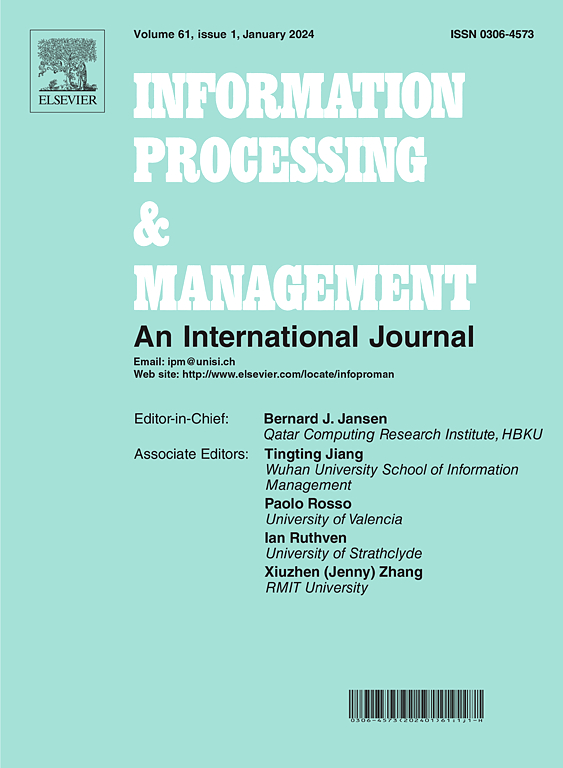Contrastive deep graph clustering with hard boundary sample awareness
IF 7.4
1区 管理学
Q1 COMPUTER SCIENCE, INFORMATION SYSTEMS
引用次数: 0
Abstract
Contrastive deep graph clustering is a graph data clustering method that combines deep learning and contrastive learning, aiming to realize accurate clustering of graph nodes. Although existing hard sample mining-based methods show positive results, they face the following challenges: (1) Clustering methods based on data similarity may lose important intrinsic groupings and association patterns, thereby affecting a comprehensive understanding and interpretation of the data. (2) In the measurement of hard samples, ignoring hard boundary samples may exacerbate clustering bias. To address these issues, we propose a new contrastive deep graph clustering method called Hard Boundary Sample Aware Network (HBSAN), which introduces attribute and structure enhanced encoding and generalized dynamic hard boundary sample weighting modulation strategy. Specifically, we optimize the similarity computation among samples through adaptive attribute embedding and multiview structure embedding techniques to deeply explore the intrinsic connections among samples, thereby aiding in the measurement of hard boundary samples. Furthermore, we leverage the unreliable confidence information obtained from initial clustering analysis to design an innovative hard boundary sample weight modulation function. This function first identifies the hard boundary samples and then dynamically reduces their weights, effectively enhancing the discriminative capability of network in ambiguous classification scenarios. Combining extensive experimental evaluations and in-depth analysis, our approach achieves state-of-the-art performance and establishes superior results in handling complex network clustering tasks.
求助全文
约1分钟内获得全文
求助全文
来源期刊

Information Processing & Management
工程技术-计算机:信息系统
CiteScore
17.00
自引率
11.60%
发文量
276
审稿时长
39 days
期刊介绍:
Information Processing and Management is dedicated to publishing cutting-edge original research at the convergence of computing and information science. Our scope encompasses theory, methods, and applications across various domains, including advertising, business, health, information science, information technology marketing, and social computing.
We aim to cater to the interests of both primary researchers and practitioners by offering an effective platform for the timely dissemination of advanced and topical issues in this interdisciplinary field. The journal places particular emphasis on original research articles, research survey articles, research method articles, and articles addressing critical applications of research. Join us in advancing knowledge and innovation at the intersection of computing and information science.
 求助内容:
求助内容: 应助结果提醒方式:
应助结果提醒方式:


